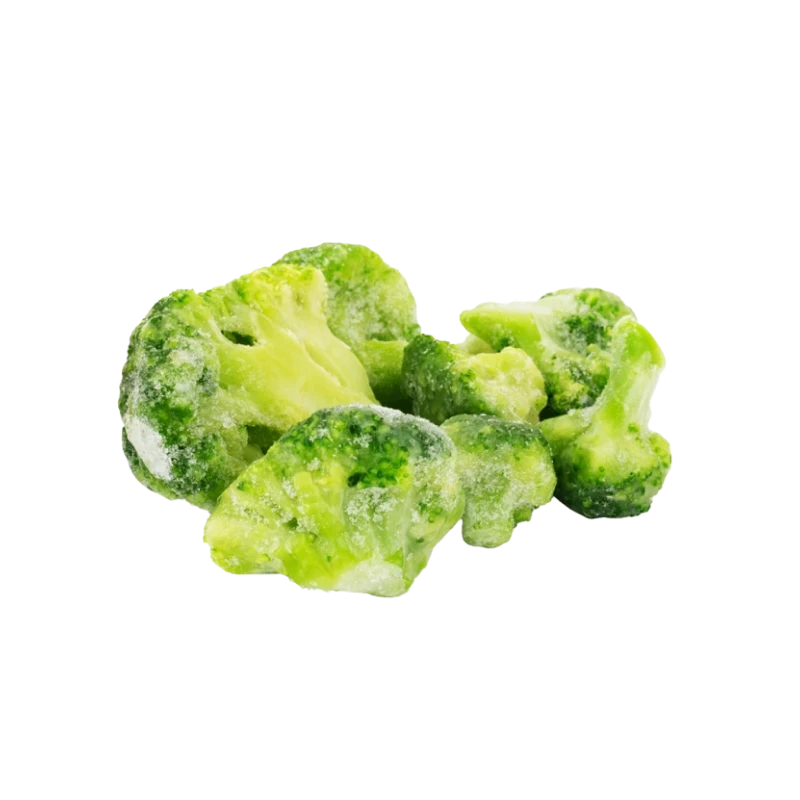Grape Jelly — Nutrients, Health Benefits, and Shopping Tips

Written by Listonic Team
Last update on September 6, 2024
Grape jelly nutrients
Nutrition facts
Amount per 100 g
Calories
🔥 278 kcal
| Nutrition per: 100 g | Value | % Daily Value* |
|---|---|---|
| Carbs | 70 g | 25.45% |
| Fiber | 1 g | 3.57% |
| Sugars | 49 g | 98% |
| Glycemic Index | 65 | - |
| Protein | 0 g | - |
| Sodium | 37 mg | 1.61% |
| Total Fat | 0 g | - |
*The % of Daily Value (DV) tells you how much a nutrient in a serving of food contributes to a daily diet. 2,000 calories a day is used for general nutrition advice.
Grape jelly facts & tips
Health benefits
- Provides quick energy due to its high sugar content, making it useful for a rapid energy boost.
- Enhances flavor in various dishes and baked goods, making them more enjoyable and palatable.
- Contains some vitamins and antioxidants from grapes, which support overall health and well-being.
Health risks
- High sugar content in most commercial grape jellies, which can contribute to weight gain, tooth decay, and increased risk of diabetes when consumed frequently.
- Low nutrient density as grape jelly is primarily composed of sugar and grape juice concentrate, offering minimal vitamins or minerals.
- Potential for artificial additives such as preservatives, flavorings, or colorings in some commercial grape jellies, which may cause adverse reactions in sensitive individuals.
- Potential for overconsumption due to its sweet and palatable nature, leading to excessive calorie and sugar intake if not mindful of portion sizes.
How to choose grape jelly
Grape jelly should appear glossy and hold its shape well when spooned, with a deep purple color reflective of concentrated grape juice. The texture should be smooth and spreadable, without any grittiness.
Avoid grape jelly that has sugar crystals or is overly stiff, as these can indicate age or poor storage conditions. Jars that are not sealed properly or show signs of leaking should also be avoided, as they may contain compromised jelly.

How to store grape jelly
Grape jelly should be stored in the refrigerator after opening, kept in its original jar. Refrigeration maintains its flavor and freshness for up to a month, ensuring it stays delicious.
Leaving jelly at room temperature can lead to spoilage. Avoid using dirty utensils to scoop it out, as this can introduce bacteria. Always ensure the jar is tightly sealed to preserve its quality and prevent mold growth.
✅ Extra Tip
How long does it last?
Grape jelly can last for 1-2 years unopened when stored in a cool, dark place. Once opened, it should be refrigerated and used within 6-12 months. Proper storage helps maintain its flavor and consistency, making it a delicious spread for bread and pastries.
What to do with leftovers?
Leftover grape jelly can be used in a variety of sweet and savory dishes. Spread it on toast, biscuits, or muffins for a quick breakfast, or mix it into yogurt, oatmeal, or smoothies for added sweetness. Grape jelly is also great when used as a filling for cakes, cookies, or pastries.
Use grape jelly as a glaze for meats like ham or pork, where its sweetness complements the savory flavors. If you have a lot of grape jelly, consider making a batch of grape jelly bars by spreading the jelly between layers of shortbread or oatmeal crust. Grape jelly can also be mixed into a sauce or coulis to drizzle over desserts like ice cream, cheesecake, or panna cotta. For a quick snack, spread grape jelly on crackers with cream cheese or enjoy it with a slice of cheese and crusty bread.
👨⚕️️ Medical disclaimer
Discover products from other categories
Listonic Team
Fact-checked
Our editorial team checked this article to make sure it was accurate at the time of publishing it.
Get the top-rated shopping list app on your phone!







